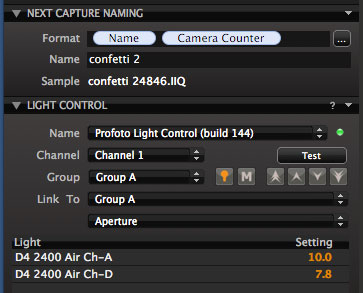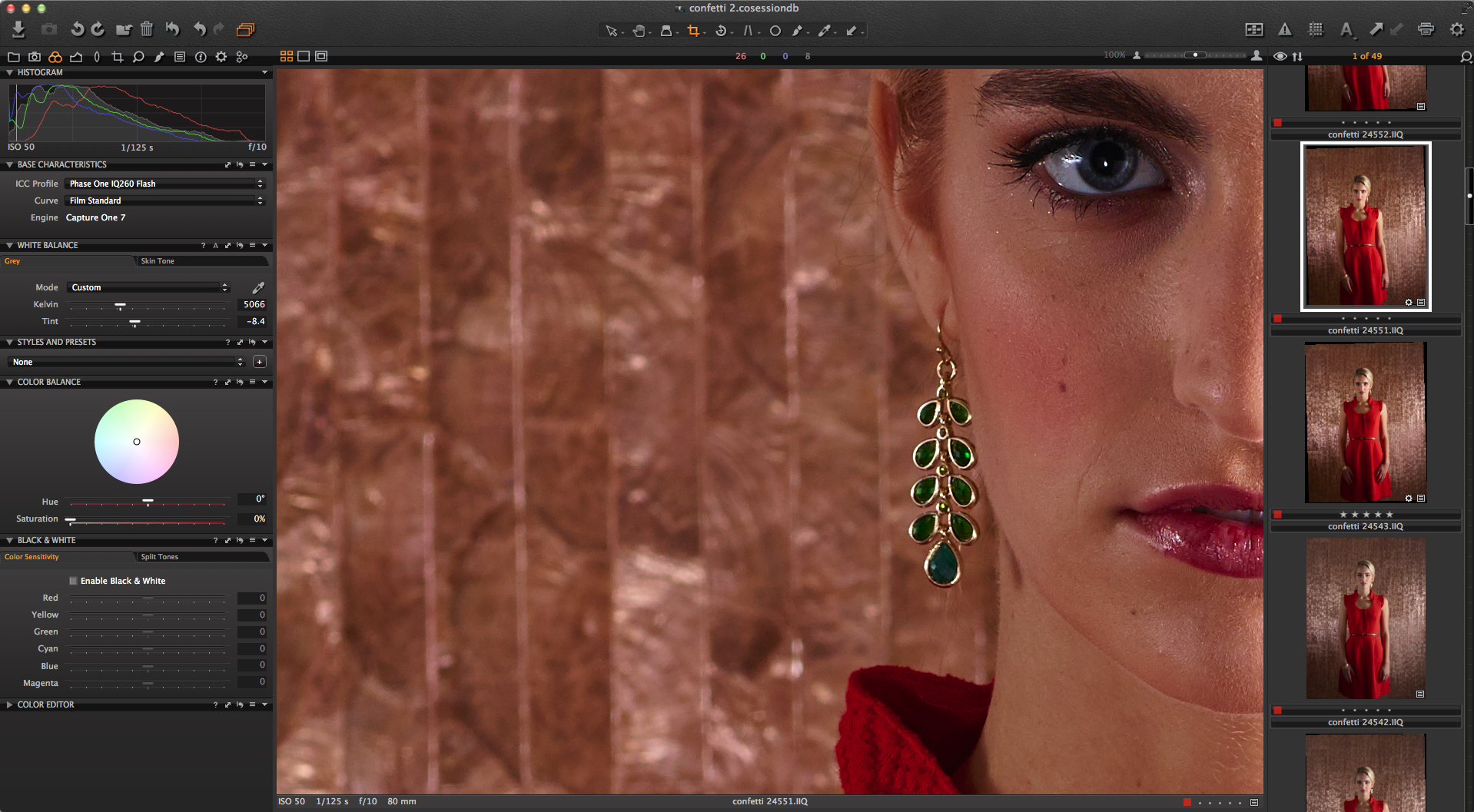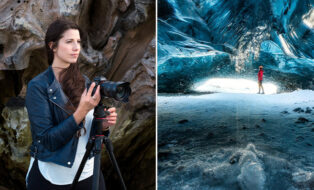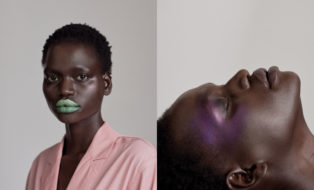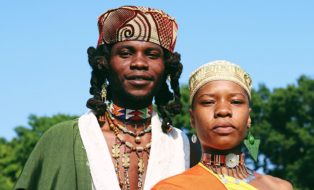I recently had the opportunity to use the IQ260 digital back to test some new features, specifically the Profoto Air integration with Capture One Pro 7.
When shooting tethered, it is now possible to link the power output of Profoto Air enabled packs and heads with the aperture or ISO of selected cameras.
Easy to set up
I normally use a 645DF+ with a P30+ digital back and was surprised at how easy it was to set up the IQ260 and the Profoto Studio plug-in and USB controller. There is a video here on how to install and use the plug-in, but I’d like to provide readers with insight into what it is like to use.
I really like a lot of visual movement and depth when creating portraits or fashion images in the studio. In this test we had our model, Brooke Boerman, pose in front of a very reflective wall.
This particular shot involved two lights, the key light to the right of Brooke and another to raise the ambient light, with several assistants bouncing light with reflectors.
Focus on being creative instead of powering lights up and down
Instead of changing lenses and reframing to change the depth of our critical focus, I was able to easily shift between f-stops to find a desired look and the Profoto Air packs were powered up and or down automatically.
A feature I found very useful is an option to discharge the lights after every adjustment. This ensures all of the lights are correctly charged to give consistent output when powering down.
The entire crew and I were able to focus on the creative aspects of the shoot rather than powering lights up and down.
When using this feature and setting up the shot it is important to know the range of the flash packs. The Profoto D4 Packs I currently use have an 8 f-stop range, which means if I start at the pack’s lowest setting per head (3.0) and I can simultaneously power up and stop down up to eight stops from my current f-stop. It is possible to make an adjustment that exceeds the range of the packs, but a triple beep will sound as a warning if the beep function is enabled.
In this scenario, there are two heads on the D4 Packs that are 2 stops apart from each other, so with that lighting ratio I can make, at a maximum, a 4 stops adjustment. The higher the disparity of the power in the lighting ratio, the less flexibility there is to make automatic adjustments. Although 4 full stops is nothing to sneeze at.
Illustrated are my movements from f/2.8 to f/10
For this particular shot I like the clearer image at f/10 because it really takes advantage of the ability of the IQ260 incredible resolution, while at f/2.8 only the front of Brooke’s face is in focus – her ears and consequently her earrings fall out of focus.
This could be a problem if we were shooting for an actual client but could easily and quickly be adjusted with the flexibility of the Profoto and Capture One integration.
There a lot of advantages to using camera and digital back that integrate with Capture One Pro 7 and Profoto Air enabled packs and heads, but the one that stands out in my mind the most, is that it allows me to get to the image I want quicker and more effectively. I am really excited and look forward to continue using this in my work.
Best regards,
Ross
Special thanks to Jen Brown, a Make-up, Hair and SFX Artist based in Chicago, IL and Los Angeles, CA. More about her work here
Special thanks to Brooke Boerman, our model, also based in Chicago
To learn more about Profoto lighting control and other great tethering features in Capture One Pro 7, watch this recent joint webinar with Phase One and Tether Tools.
Ross Floyd
Ross works as a full-time photographer for Wright, a Chicago-based auction house specializing in modern and contemporary design and post-war and contemporary art. Ross also takes on additional freelance commercial projects.


